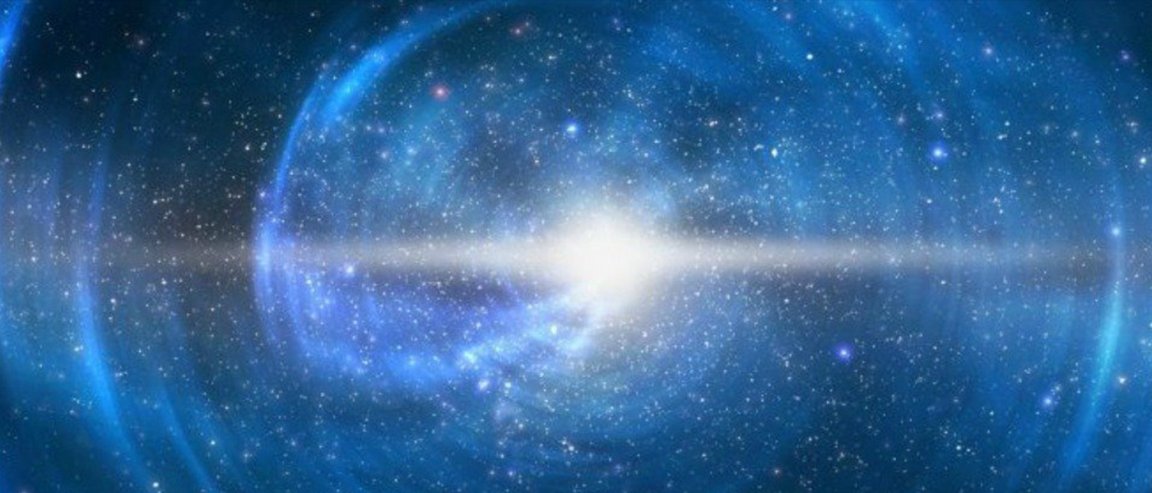
Eternal Bounce
A team of physicists from the UK and Canada have provided a simulation that supports the theory that our universe did not start out the way the Big Bang model proposes, but rather expanded to its current state after a period of contraction—a cycle dictated by the Big Bounce Theory.
The Big Bounce theory states that the universe follows a cycle of contraction and expansion, repeated infinitely. According to this theory, the universe did not begin with a violent explosion, but rather formed as a previous universe expanded or “bounced” back collapsing during the contraction phase of this endless cycle.

One of the main issues that had prevented the Big Bounce theory from securing its validity is that there was no proposed explanation as to how the universe could expand back after its full collapse. The team’s simulation suggests that once the universe reaches its smallest point, the common laws of physics governing our daily environment are abandoned and the rules of quantum mechanics come into play. The effects of quantum mechanics would preserve of the universe, keeping it from destruction and allowing the emergence of another universe like the one we’re in today.
“Quantum mechanics saves us when things break down,” explains team member Steffen Gielen, from Imperial College London. “It saves electrons from falling in and destroying atoms, so maybe it could also save the early Universe from such violent beginnings and endings as the Big Bang.”
Next Up: Galaxies
Using quantum mechanics in a computer simulation, the team was able to formulate how the universe could spring back from deflation, even with only radiation and a little matter remaining in it.
“The big surprise in our work is that we could describe the earliest moments of the hot Big Bang quantum mechanically, under very reasonable and minimal assumptions about the matter present in the Universe,” said team member Neil Turk, from the Perimeter Institute for Theoretical Physics in Canada. “Under these assumptions, the Big Bang was a ‘bounce’, in which contraction reversed to expansion.”
What’s next for this simulation is to find out if the entities within the universe, such as galaxies, can come into existence under these circumstances. As technology evolves, the chances that quantum computers could finally catch up with the enigmas of the universe are looking better and better.